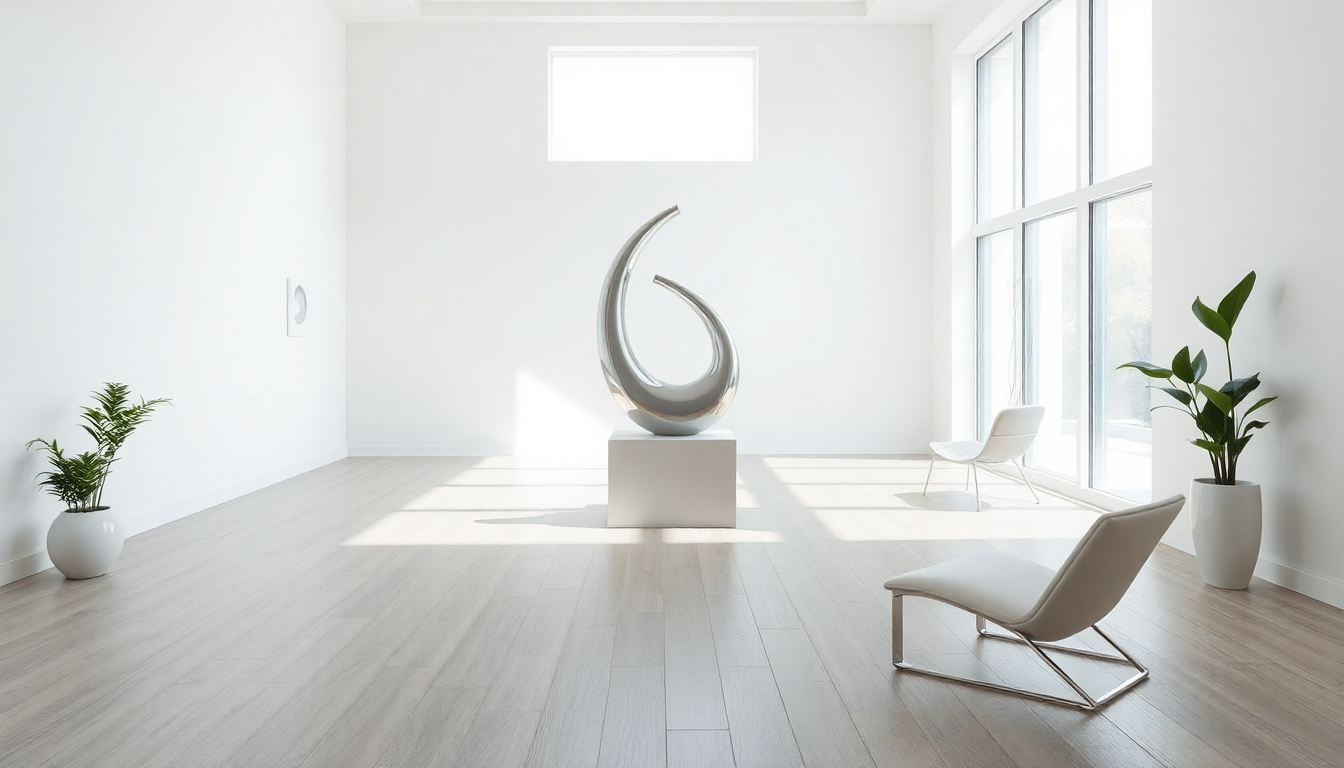Table of Contents
Have you ever stopped to think about how minimalism has reshaped our world? From the sleek lines of modern design to the way we express ourselves, this movement has become a defining feature of contemporary culture. It all began in the bustling streets of New York in the mid-1960s, when a group of innovative artists decided to strip away the unnecessary and get to the heart of what art really means. This *minimalist* approach is all about simplicity, focusing on the materials themselves, and challenging the traditional ways we think about expression and representation.
Diving into the Roots of Minimalism
At its core, minimalism is all about paring down form and content to their essentials. While many people associate it primarily with sculpture, this movement also spans painting and installation art. Minimalist artists leaned towards sharp, geometric shapes and repetitive arrangements, moving away from more traditional techniques like modeling and casting. Instead, they favored assembly methods using everyday materials, highlighting the physical presence of art rather than the artist’s personal touch.
Take, for instance, the words of Donald Judd, a key figure in the minimalist movement. He famously pointed out that it’s not the countless details of a work that capture a viewer’s attention, but rather its overall quality. While it might seem like minimalism is turning its back on earlier artistic practices, in reality, it revives essentialist ideas that trace back to geometric abstraction, which started gaining popularity in the early 20th century.
Notable Artists and Their Impact
You can’t talk about minimalism without mentioning influential artists like Piet Mondrian, Kazimir Malevich, and, of course, Donald Judd. Mondrian, who co-founded the De Stijl movement, aimed to express the spiritual essence of art through abstract forms and primary colors. His *neo-plastic* works, filled with intersecting lines and bold color blocks, sought to remove any trace of reality to unveil art’s true nature.
Then there’s Malevich, whose Suprematism celebrated pure artistic emotion through geometric abstraction, culminating in his groundbreaking piece, “Black Square.” This iconic work didn’t just challenge traditional representation; it positioned itself as a spiritual symbol in a new artistic era. Likewise, Judd’s boxes became synonymous with minimalism, showcasing a flexible approach to form and material that invites a myriad of interpretations.
The Bauhaus movement also played a crucial role in shaping minimalism, blending fine and applied arts to advocate a *form-follows-function* philosophy. Visionaries like Walter Gropius and Ludwig Mies van der Rohe were pivotal in spreading this idea, with Mies van der Rohe’s famous mantra, “less is more,” echoing throughout minimalist practices.
How Minimalism Has Evolved and Its Relevance Today
As minimalism has progressed, it has inspired a wide range of contemporary artists who explore its principles in fresh and innovative ways. Artists like Dan Flavin and Sol LeWitt have pushed the boundaries of minimalism, using light and geometric forms to create unique experiences. Flavin’s fluorescent light installations blend everyday objects with artistic intent, while LeWitt’s conceptual approaches place emphasis on ideas rather than just the physical creation of art.
However, in the late 20th century, minimalism began to intertwine with identity politics and social commentary. Artists such as Mona Hatoum and Doris Salcedo utilized minimalist strategies to tackle urgent societal issues, showcasing the movement’s adaptability while maintaining its aesthetic foundation.
Today, minimalism remains a hot topic in the art world. It has transformed into a mindset that influences various creative fields, giving rise to movements like “Finish Fetish” and “Light and Space” in California. Artists like John McCracken and James Turrell exemplify this shift, using light and color to explore deep, phenomenological experiences in their work.
What Lies Ahead for Minimalism?
As we head into the 21st century, minimalism is still a powerful force in the art scene. Its legacy is evident in the works of many artists who draw inspiration from minimalist principles while also challenging the movement’s boundaries. The emergence of neo-minimalism, though brief, sparked ongoing conversations about minimalism’s place in a market-driven art world.
Looking forward, we can expect new interpretations and adaptations of minimalism to arise, yet its core tenets—simplicity, clarity, and an emphasis on materiality—will likely continue to resonate with both creators and admirers. In a world overflowing with visual noise, the minimalist approach offers a breath of fresh air, inviting us to pause, reflect, and gain a deeper understanding of what art truly embodies.


